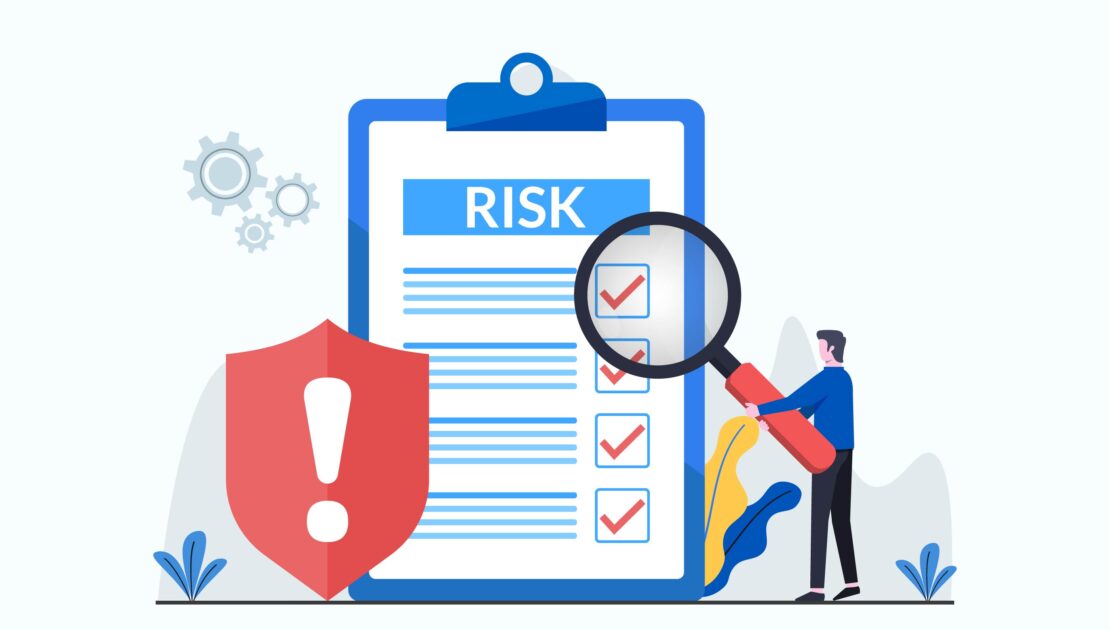Returning to the Fundamentals of Risk Management

The beginning of the year marked the return of the annual World Economic Forum in Davos, Switzerland, with the theme of “Cooperation in a Fragmented World”. For more than 50 years, the Davos Forum has brought together business leaders, governments, academics, and civil society experts to address and discuss the world’s most pressing challenges. Coinciding with this global event is the publication of the Allianz Risk Barometer 2023, an annual survey of more than 2,700 business leaders, risk managers, brokers and insurance specialists around the world that we have been producing for the past 12 years.
Like last year, this year’s survey sees cyber incidents and business interruption, including supply chain disruption, rank high on the list of concerns for one in three companies. Macroeconomic hazards such as the return of inflation, financial market volatility and recession move from 10th to third place, while the energy crisis is a new entry to the survey, going straight in at the fourth position. These two threats represent a major risk for a quarter of the companies surveyed, replacing in many executives’ eyes the perils of natural catastrophes, which drops from third to sixth position year-on-year, and climate change, which falls to 7th place.
Amid much talk of ‘polycrisis’ or ‘permacrisis’, risk awareness has been heightened over the last three years by exponential, systemic and probabilistic shocks such as pandemics, war and climate change. This context calls for a return to the fundamentals of risk management. If we cannot spot the elusive ‘black swans’ so dear to author and statistician Nassim Nicholas Taleb, it is essential to track down the ‘gray rhinos’, as analyst Michele Wucker calls them — those highly probable, high-impact, yet neglected, threats.
Risk is nothing more than the combination of a hazard with a vulnerability. This vulnerability can be broken down into a certain degree of exposure and a greater or lesser ability to cope. We can try to limit the dangers, but it is our own vulnerabilities we must guard against in the first instance: chronic under-investment in commercial and energy infrastructures, rather than the prospect of supply chain dysfunctions or blackouts; over-dependence on China or Russia, instead of potential border closures or sanctions; managing our cash, inventories and financial solidity, rather than the specter of shortages, inflation, or dwindling government interventions. Perils are often a mirror image of our own inaction. Managing risks in business is about reducing vulnerability, and therefore predisposition, and developing mechanisms for mitigation and adaptation.
So yes, in Davos, there was talk about energy and food crises, high inflation and low growth, social vulnerabilities and geopolitics. However, the basic issue must be resilience, and not only in Davos. Resilience lies in our ability to resist, absorb, recover and adapt to shocks in a rapidly evolving and increasingly complex world in order to rebound and prosper. When it comes to cyber or climate risks, the issue of prevention can be diluted by those who protest it will never happen to them on the one hand, and those who will wait for governments to bail them out if it ever does on the other. The weak energy diversification we have seen in companies over the last 10 months is evidence of this.
Tackling those gray rhinos is a valuable resolution at the beginning of the year. It may be as unappealing as dieting after the holidays, or going back to the gym, but talking frankly in the boardroom about these super risks and glaring vulnerabilities is essential.
Ludovic Subran is chief economist at Allianz. Opinions expressed are the author’s.
Source – PropertyCasualty360.com
